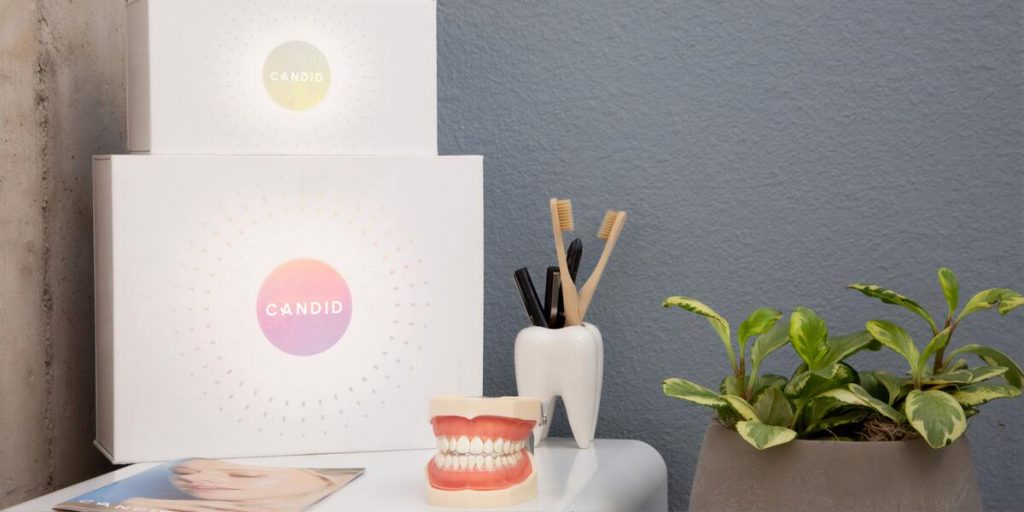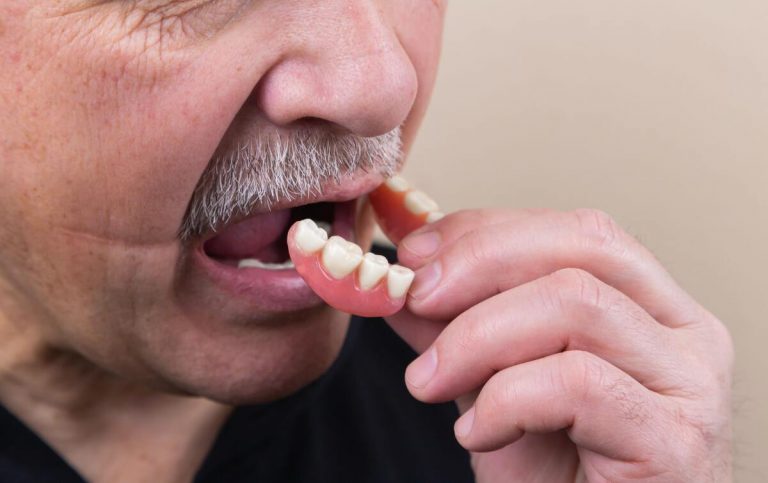If one was to question the advent of DIY teeth-straightening tools, one only has to look to the market demand that drives it. This demand is mostly generated by the tech-savvy generation widely known as the millennial generation. This generation is represented by those born between the years 1981 and 1996.
Those belonging to the millennial generation differ from previous generations by their increased need for efficient and convenient healthcare. This modern attitude towards healthcare services also includes the value of the patient experience. The digital revolution directing modern society has done an about turn on the way we used to do things before its advent – how we learn, work, socialise and receive healthcare services, including dental care.
So, why on-demand DIY teeth-straightening systems? Our image-obsessed society has placed an intense scrutiny on physical appearance. In this discussion of physical attractiveness one cannot distance dental appearance from physical appearance, as an attractive facial appearance directly relates to how good-looking a person is perceived to be. At the heart of facial appearance is an aligned smile. And it is in knowing the value of an aligned smile and how it contributes to health and wellbeing that has initiated a surge in orthodontics Navan. According to statistics from a recent British Orthodontic Survey, 84 per cent of orthodontists have reported an increased interest from patients looking to straighten their teeth. Understandably this demand has given rise to other orthodontic treatment delivery systems.

While unprecedented demand has given rise to DIY orthodontics, one must ask the question of how safe and efficacious these conveniently supplied teeth-correcting tools really are in helping patients meet their aesthetic goals.
The General Dental Council (GDC) has been quite clear that in order to receive treatment focused on the proper alignment of teeth, it is imperative that the patient visits a practising professionally trained dentist for an in-depth consultation and physical oral examination. This in-person consultation is crucial for a reliable assessment of a patient’s dental condition, it must be remembered that in order to receive orthodontic care successfully, the patient has to be in good oral health, which means all underlying issues need to be resolved first. Seeing that in a consultation a patient has the attention of the dental practitioner, it is also an opportune time to have their questions and concerns about the proposed treatment answered.
In regards to the dangers of DIY orthodontic treatment, the British Orthodontic Society and Oral Health Foundation have, through their joint national campaign, pointed out some of the negatives of relying on these direct-to-consumer products. These disadvantages include:
- Permanent damage to teeth as well as supporting dental systems.
- Placing patient occlusion under threat.
- The possibility of creating serious dental problems that usually require unwarranted invasive treatment to resolve.
It should be noted that the teeth alignment process is a complex one which needs the ongoing supervision of a registered practising dental practitioner. A registered dental practitioner is also most likely to offer a patient a positive and satisfactory patient experience as he or she is obliged to meet the GDC’S principles of quality dental care.
Contact your local practice for further information on orthodontic care and the different treatment plans available (dependent on patient’s dental condition and patient preference).





